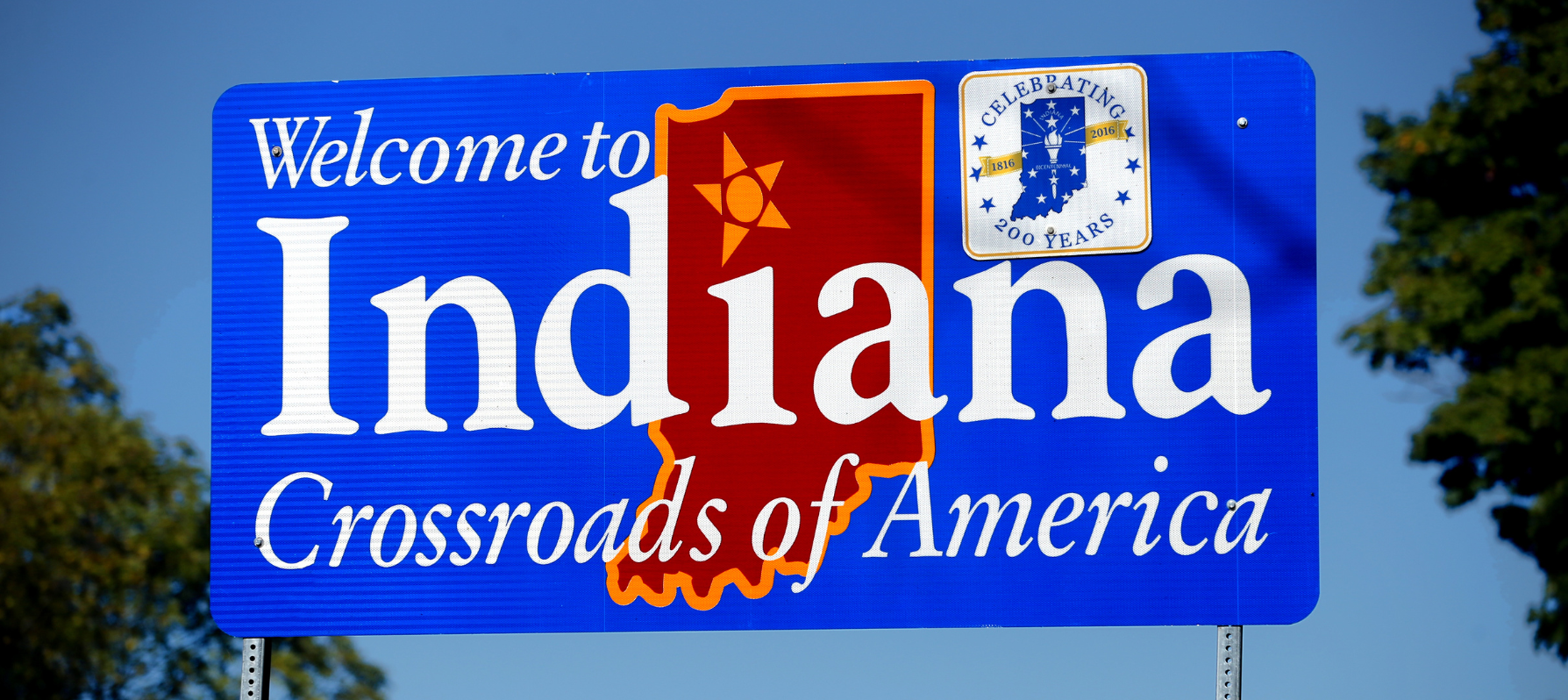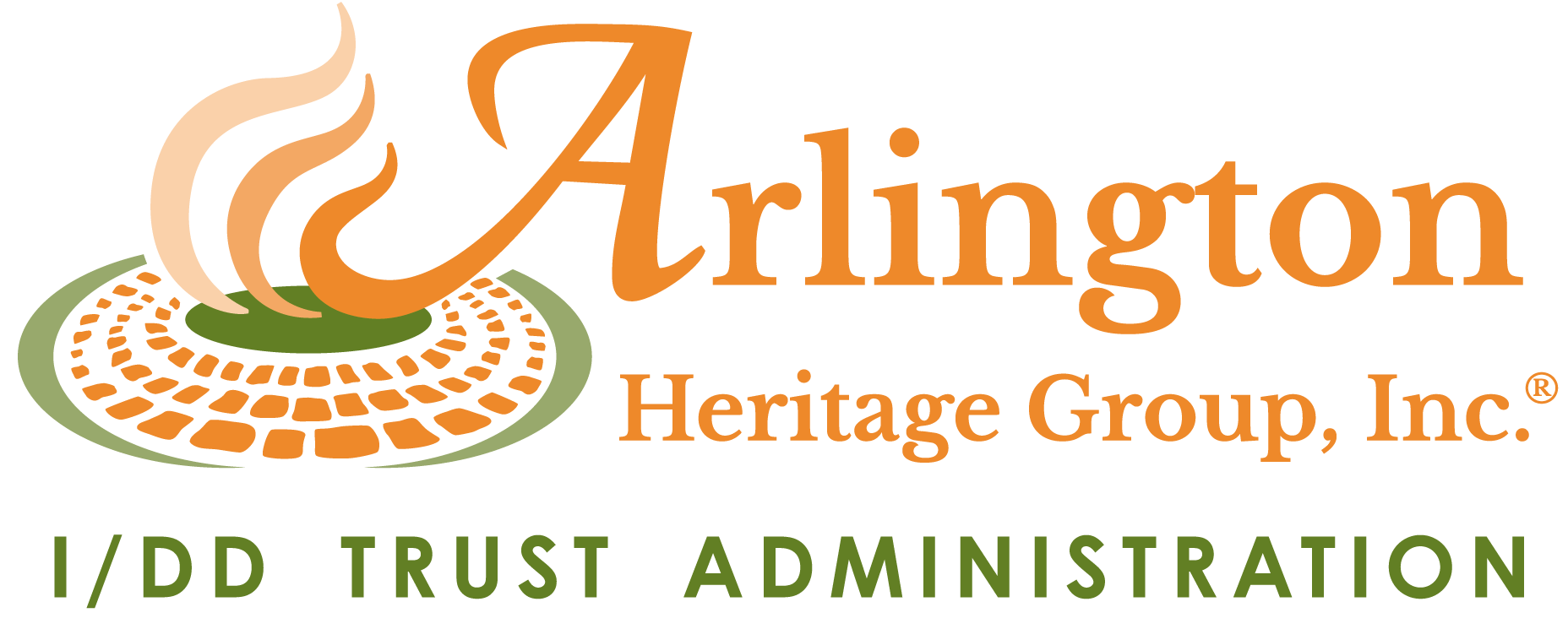Connections - 11.23.25
Ready, Set, Goal: Guiding the Way to Meaningful Goals

Share this page
Stay Informed on the Latest Research & Analysis from ANCOR
More News
Stateside Report - 11.24.25
Stateside Report: November 24, 2025

Connections - 11.23.25
How Mobile I/DD Software is Set to Help Overworked DSPs

Stateside Report - 11.17.25
Stateside Report: November 17, 2025



